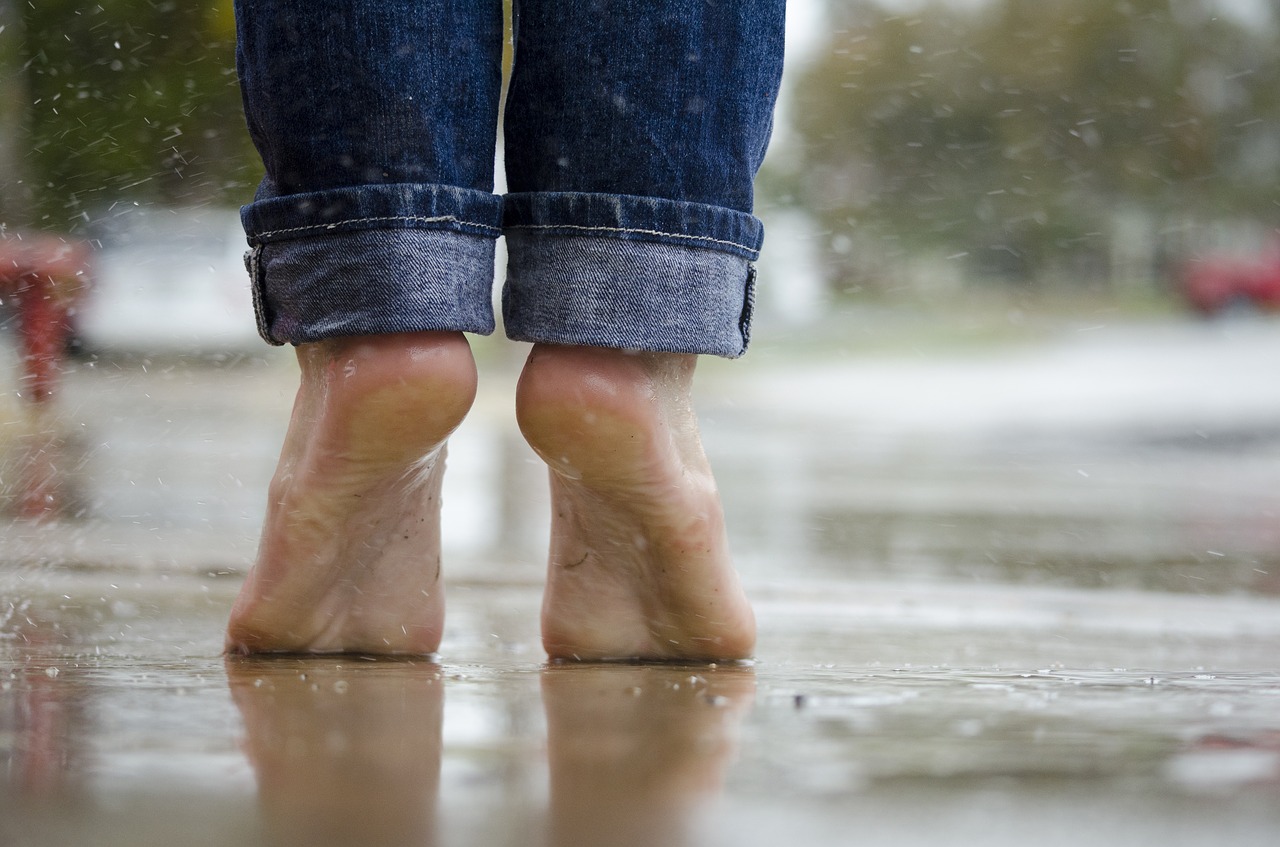You may not be surprised to learn that feet are one of the most prone areas to rashes on our body. After all, your feet work hard, sweat prodigiously, and come into contact with many different surfaces, inside and out.

Three of the most common rashes that affect feet are fungal infections, eczema, and psoriasis. While their symptoms are similar, their treatments are different, so it is important to accurately identify what rash is affecting your feet.
Fungal Infection: More commonly known as Athlete’s foot, this is an itchy, blistering rash which will appear on the bottom of feet and in between toes. Occasionally, it may come with an odor. The simple cause of Athlete’s foot is sweating feet that are confined to a dark, warm, and moist environment. It may also be picked up in public showers (such as your local gym). This problem is easy to treat with anti-fungal medications, and can be avoided by drying feet carefully, airing them and shoes out regularly, and flip-flops in public showers. If you suffer chronically from this rash, you may want to consider socks that will better absorb or prevent excess sweat.
Eczema: There are similarities in the manifestations of eczema and Athlete’s foot, like dry, scaly, red skin, which is very itchy. But the causes of eczema are distinct, usually related to an allergic reaction to cleaning products, specific fabrics, or even dyes in clothing. It is often triggered and/or aggravated by stress, and is, in many cases, hereditary. Unlike Athlete’s foot, which, when treated with antifungal cream, will go away, eczema tends to be a chronic condition that needs to be repeatedly treated over time with topical steroids and moisturizing regimens.
How can you tell the difference between eczema and Athlete’s foot? A culture is necessary to identify with certainty what the rash is. A possible identifier is that Athlete’s foot tends to affect the skin between toes, while eczema may appear on top of feet or toes. For eczema, another indicator may be that it will appear elsewhere on your body.
Psoriasis: Another chronic skin condition, it may affect the elbows, front of legs, and feet. It has some of the same symptoms of Athlete’s foot and eczema, like cracked skin and itchiness (which may also burn). But it will look different, resembling thick, silvery white plaques of skin, and it comes with additional symptoms, such as stiff and swollen joints. An autoimmune issue, psoriasis may be triggered by skin infections, tobacco use, and stress. It is important to treat psoriasis properly to avoid more serious consequences. Such treatment often requires anti-rheumatic drugs.
Make an appointment with your Lansdale podiatrist if you are suffering from skin rash, so we can determine what kind of rash you have and how to treat it.
Source
Lexington Podiatry




